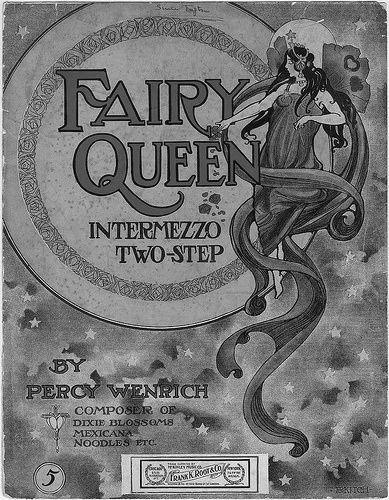{
font: $(body.font);
color: $(body.text.color);
background: $(body.background);
padding: opx;
$(body.background.override)
}
expr:class='"loading" + data:blog.mobileClass'>
Fairy Tale ~ Folklore in Advertising
fair•y (ˈfɛər i)
n., pl. fair•ies,
adj. n.
1. (in folklore) "one of a class of supernatural beings, generally conceived as having a diminutive human form and possessing magical powers."
"Fairy tales have as their basis this wish for happiness and bliss, where all wishes come true, and where everybody lives happily ever after. By using traditional fairy‐tale motifs and by adapting them to the modern world of consumerism and the instantaneous gratification syndrome, advertising agencies create the perfect medium with the irresistible message.
When advertising started to gain ground at the beginning of the 20th century, fairy‐tale titles, certain poetic verses, and short allusions to well‐known fairy tales began to be used as manipulative bait. The reader would be reminded of the happy and satisfied fairy‐tale ending, thus deciding subconsciously that the advertised product must be the perfect choice.
As time went on, ever more glamorous illustrations were added to the verbal messages, combining the advertisement for a necklace or a piece of clothing, for example, with a beautiful woman standing in front of the mirror asking that eternal question, ‘Mirror, mirror on the wall, who is the fairest of them all?’ And who would not want to be the most beautiful, especially since, in the modern world of advertising and consumerism, everything is possible. All that it takes is fairy‐tale formulas and allusions together with manipulative texts and glittering illustrations. Naturally sophisticated television advertisements can create a state of enchantment which barely leaves the viewer any choice but to accept the message as the ultimate wish fulfillment."




























No comments:
Post a Comment